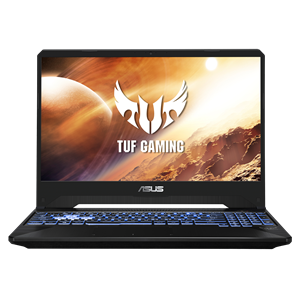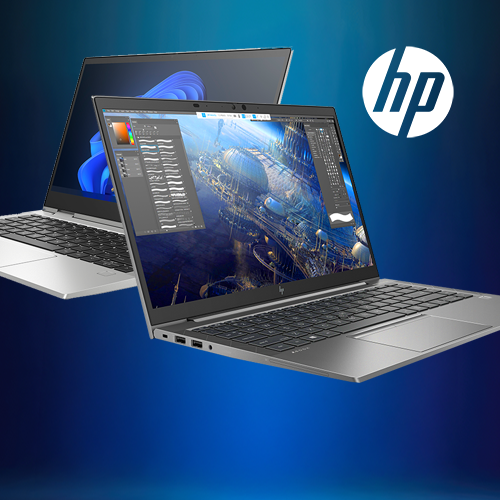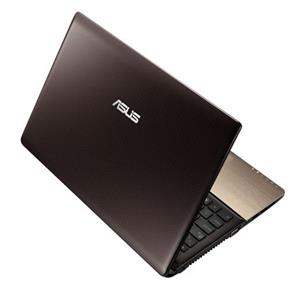Laptops, Desktop PCs, Tablets, Accessories & Monitors. Sneak Peek Sneak Peek Shop a preview of select Presidents Day Doorbusters now! Save up to 68% off PCs and Electronics. Shop PCs Shop Electronics. Think on Sale Think on Sale Built for business, designed for you. Save up to 68% off on most ThinkPad, ThinkCentre and ThinkStation PCs. World’s leading brand of the best gaming laptops and creator laptops. Produce the thinnest, lightest, and high-performance laptops for gamers and creators. HP EliteDesk 800 35W G2 Base Model Desktop Mini PC-sp100851.exe (Updated: 12:00:00 AM) sp96028.exe (Updated: 5/1/2019 12:00:00 AM)-HP EliteDesk 800 35W G4 Desktop Mini PC. HP EliteDesk 800 65W G4 Desktop Mini PC. HP EliteDesk 800 95W G4 Desktop Mini PC. HP EliteDesk 800 G4 Small Form Factor PC. HP EliteDesk 800 G4 Tower PC.
In September 2020, we started seeing a barrage of launches by practically every brand. Dell, which had showcased its brand new XPS 13 at CES in January, also launched the machine in India months later after the lockdown situation had eased up. We’ve had many viable contenders this year, given that Intel finally managed to shrink their process node from 14nm to 10nm for the chips that power this year’s thin and light laptops. There’s a lot that’s happened, and yet, there can only be one that comes out on top.
Winner: Dell XPS 13
The Dell XPS 13 manages to hold an envious position of being one of the most powerful in this category despite being one of the thinnest laptops you can buy today. This laptop weighs just 1.2 kilograms and measures just 15.8mm in thickness. Inside this cramped space is packed an Intel Core i7-1065G7 and 16GB of DDR4 memory. The Dell XPS 13 pulls ahead in terms of raw performance with respect to other machines with a similar configuration, in part thanks to its thermal solution. Dell partnered with GORE to put the latter’s thermal insulation solution inside the laptop. This provides far better thermal conductivity than air, allowing heat to dissipate much faster, keeping this chip chugging at its peak speeds for longer. Additionally, the XPS 13 also sports the brightest display we’ve tested this year, with the 4K panel hitting peak brightness of 500-nits, and hence supporting both HDR10 and Dolby Vision content playback. All of this comes with an impressive battery life of a little over 8 hours. We award the Dell XPS 13 with the Digit Zero1 Award for best Thin and Light laptop in 2020.
Hp Desktop Drivers
Runner Up: Surface Laptop 3
Microsoft’s Surface lineup has always been something of a marvel, with every Surface device being a somewhat stand-out device in terms of design. The Surface Laptop, in its third iteration, is an incredible device. Pow-ered by the Intel Core i5-1035G1 and 8GB DDR4 memory, the Surface Laptop 3 delivers a really strong CPU-GPU performance, along with also offering incredible battery life. The Surface Laptop 3 delivered 773 minutes on the PCMark 10 battery test, the highest we’ve recorded this year. The Surface Laptop 3 is ideal for students and office goers alike thanks to its strong performance and excellent ther- mals. However, the Surface Laptop 3 could not match up to the performance of the Dell XPS 13, leaving it in the runner-up spot for the best thin and light laptop.
Best Buy: Yoga Slim 7i
Lenovo’s Yoga series has gone through a very interesting transition this year, with the name becoming synonymous with thin and light laptops rather than just the 2-in-1 form- factor. Our review unit came equipped an Intel Core i5-1035G1, 8GB DDR4 memory and an NVIDIA GeForce MX350 dedicated graphics chip. This puts the Yoga Slim 7i in a unique position to, allowing it to trump all other laptops in this category when it comes to graphic-heavy workloads. We were able to easily run Adobe Lightroom (not Lightroom Classic) and edit 24MP RAW files, without any crashes or major lag. The export times were long, but not as long as those recorded on other thin and light laptops. The 1080p display on the Lenovo Yoga Slim 7i is adequately bright, registering 370-nits of brightness, but it is still a 1080p panel. The low resolution improves battery life, and the Lenovo Slim 7i clocked 12 hours and 42 minutes on our battery test. The pricing of the Lenovo Yoga Slim 7i is the real star here, and it easily beats the others in terms of performance per rupee (value for money), making it our Best Buy for 2020.
About Digit Zero 1 Awards:
With a legacy of 20 years, the Digit Zero 1 Awards is recognized as the Industry’s only performance-based awards. Digit rewards brands for putting in years of research in developing and introducing performance-driven products for their audience. All products are made to pass through a rigorous and scientific test process and compete with competitor brands in the same category. The Winner in each category is announced on the basis of their total score post complete performance analysis done across an average of 56 tests conducted for every category, across key performance parameters. The test process for the Zero1 Awards does not consider scores for features, price or design. The aim is to identify the very best products that money can buy, celebrate the innovations that push the industry forward, and reward the products that dare to disrupt the market.
-->
Provisioning a target or test computer is the process of configuring a computer for automatic driver deployment, testing, and debugging. To provision a computer, use Microsoft Visual Studio.
A testing and debugging environment has two computers: the host computer and the target computer. The target computer is also called the test computer. You develop and build your driver in Visual Studio on the host computer. The debugger runs on the host computer and is available in the Visual Studio user interface. When you test and debug a driver, the driver runs on the target computer.
The host and target computers must be able to ping each other by name. This might be easier if both computers are joined to the same workgroup or the same network domain. If your computers are in a workgroup, we recommend that you connect the computers with a router rather than a hub or switch.
Tip

For the latest information on the WDK and known issues, see the WDK support forum.
Prepare the target computer for provisioning
On the target computer, install the operating system that you'll use to run and test your driver.
Install the WDK. You do not need to install Visual Studio, however, unless you plan on doing driver development on the target computer.
If Secure Boot is enabled on an x86 or x64 target computer, disable it. For information about Unified Extensible Firmware Interface (UEFI) and Secure Boot, see UEFI Firmware.
If the target computer uses an ARM processor, install the Windows Debug Policy. This can be done only by Microsoft or the manufacturer of the target computer. You do not need to disable Secure Boot.
On the target computer, run the WDK Test Target Setup MSI that matches the platform of the target computer. You can find the MSI in the Windows Driver Kit (WDK) installation directory under Remote.
Example: C:Program Files (x86)Windows Kits10Remotex64WDK Test Target Setup x64-x64_en-us.msi
If the target computer is running an N or KN version of Windows, install the Media Feature Pack for N and KN versions of Windows:
If your target computer is running Windows Server, find the DriverTest folder that was just created by WDK Test Target Setup MSI. (Example: c:DriverTest). Select and hold (or right-click) the DriverTest folder, and choose Properties. On the Security tab, give Modify permission to the Authenticated Users group.
Verify that the host and target computers can ping each other. Open a Command Prompt window, and enter pingComputerName.

Award Laptops & Desktops Drivers

If the host and target computers are joined to a workgroup and are on different subnets, you might have to adjust some firewall settings so that the host and target computers can communicate. Follow these steps:
- On the target computer, in Control Panel, go to Network and Internet > Network Sharing Center. Note your active network. This will be Public network, Private network, or Domain.
- On the target computer, in Control Panel, go to System and Security > Windows Firewall > Advanced settings > Inbound Rules.
- In the list of inbound rules, find all Network Discovery rules for your active network. (For example, find all Network Discovery rules that have a Profile of Private.) Double click each rule and open the Scope tab. Under Remote IP address, select Any IP address.
- In the list of inbound rules, locate all File and Printer Sharing rules for your active network. For each of those rules, double click the rule, and open the Scope tab. Under Remote IP address, select Any IP address.
Provision the target computer
Now you're ready to provision the target computer from the host computer in Visual Studio.
On the host computer, in Visual Studio, select the Extensions menu, point to Driver, point to Test, and select Configure Devices.
In the Configure Devices dialog, select Add new device.
For Network host name, enter the name or local IP address of your target computer. Select Provision device and choose debugger settings.
Select Next.
Select a type of debugging connection, and enter the required parameters.
For more information about setting up debugging over various types of connections, see Setting Up Kernel-Mode Debugging Manually in the CHM or online documentation for Debugging Tools for Windows.
The provisioning process takes several minutes and might automatically reboot the target computer once or twice. When provisioning is complete, select Finish.
Desktop And Laptop Computers

Note
Provisioning virtual machines through the WDK's automatic provisioning process is not supported. However, you can test drivers on a VM by setting up the target VM manually as described in the step by step echo lab.